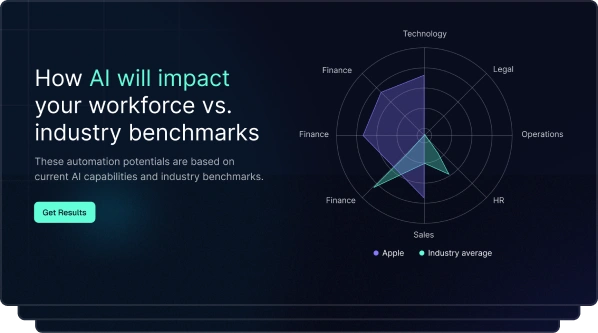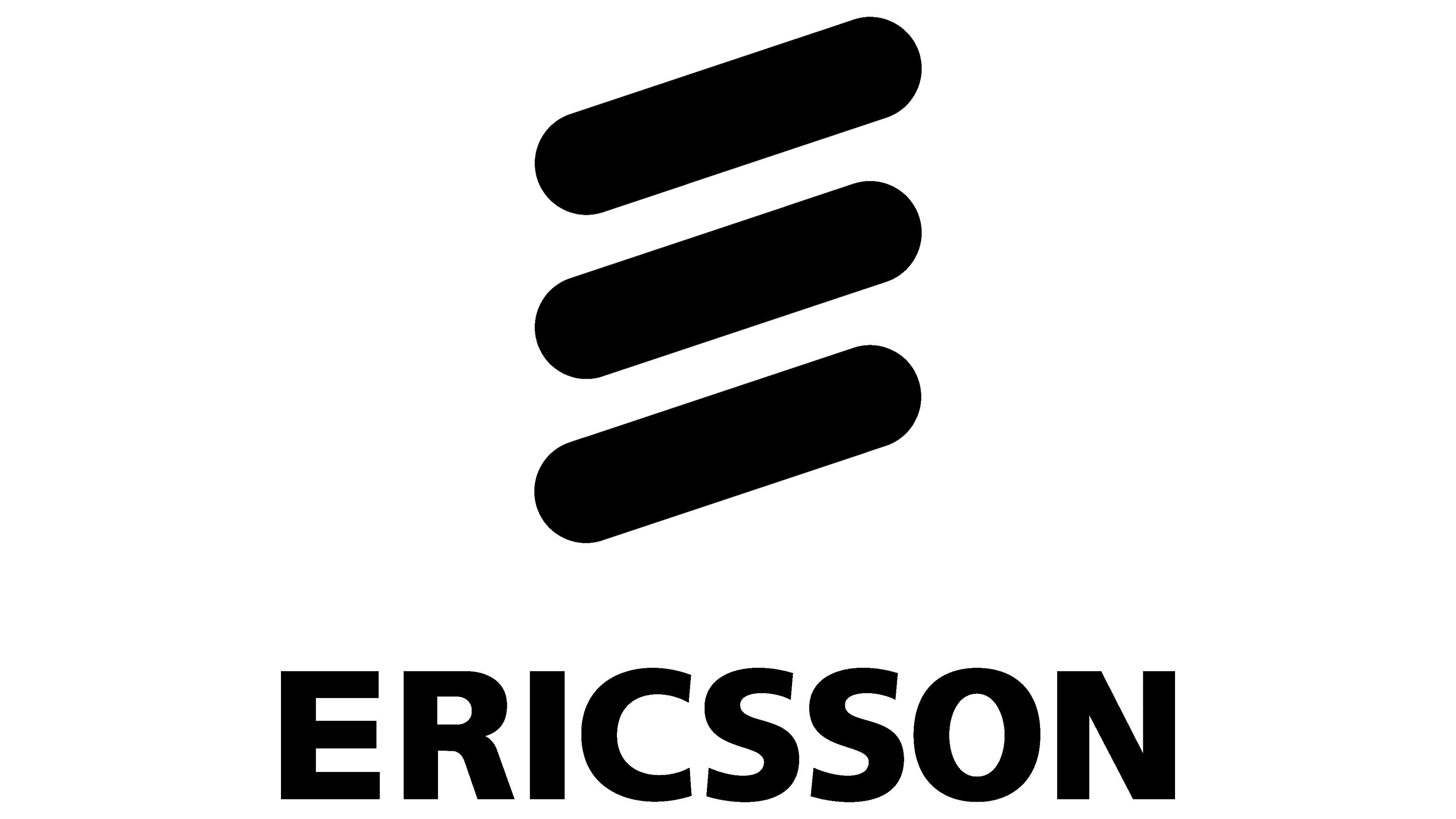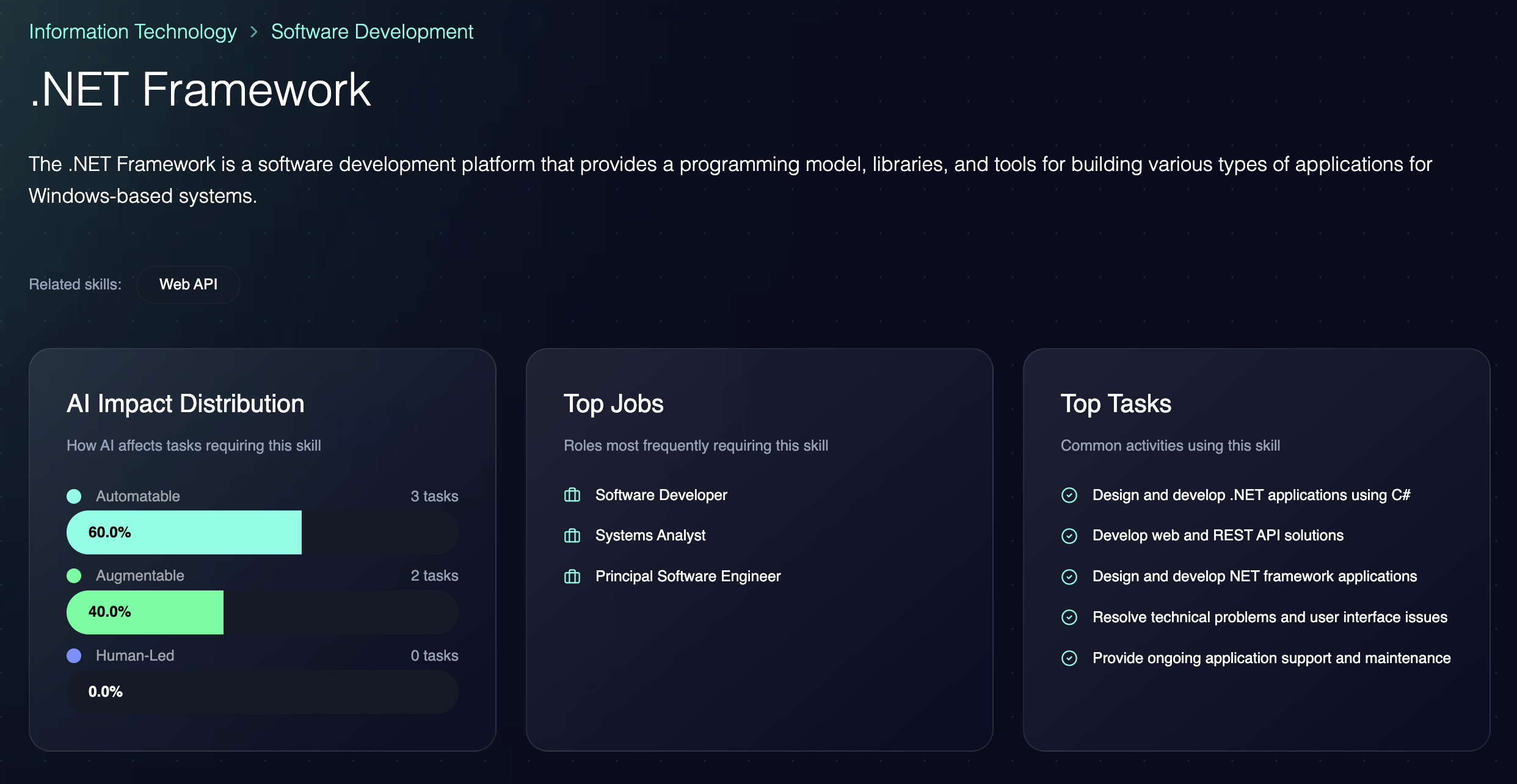What we learned at the AI Leadership Summit NY 2025
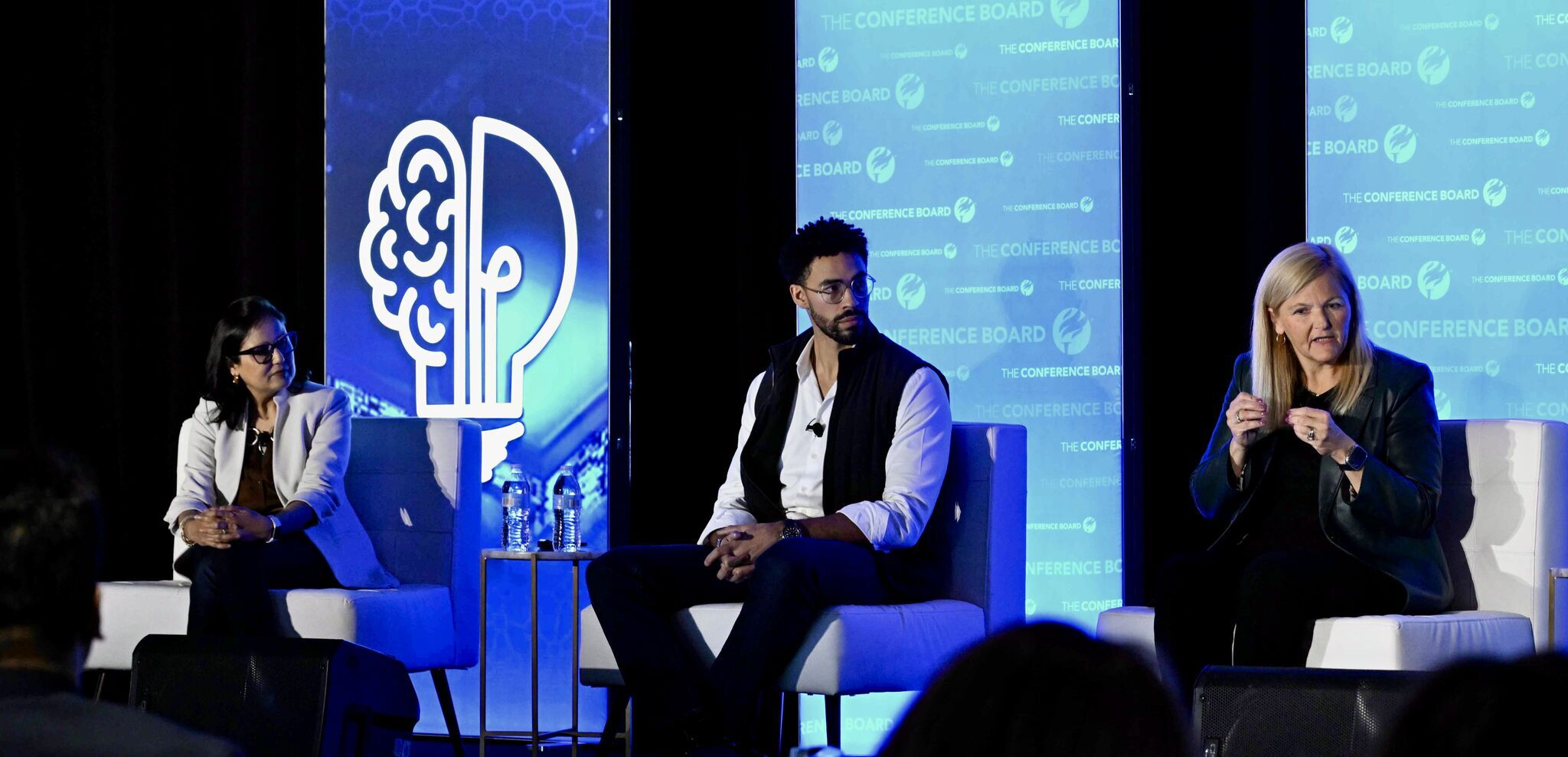
From fixing data fragmentation to the "messy middle" of task automation, here is what the industry’s biggest players are actually doing.
On November 18–19, 2025, the TechWolf team joined over a hundred senior executives in Brooklyn, NY for The AI Leadership Summit, hosted by The Conference Board.
Looking back at the two days of sessions, the shift in the room was clear. The conversation has moved past the "pilot purgatory" of previous years. We aren’t asking “what can AI do?” anymore. The focus is now entirely on “how do we scale this to drive business value?”
We joined leaders from CVS Health, UPS, Microsoft, and Bessemer Venture Partners to discuss the realities of AI adoption in the workforce.
Here is what stood out.
1. AI is finally fixing the fragmentation problem
For years, enterprises have been stuck with disconnected data silos. A unified view of the employee felt impossible. According to leaders from CVS Health and UPS, AI is finally solving this.
Both companies are using AI to unify massive amounts of disconnected data, from health records to shipping history. This isn't just about better dashboards; it's about unlocking the kind of personalization that used to be manually impossible.
- CVS is shifting from broad segments to individual-level engagement.
- UPS is doing the same with delivery preferences and cross-border support.
The takeaway: The biggest impact is on employees. When AI removes low-value work, auto-summaries, smart retrieval, real-time coaching, adoption skyrockets. It simplifies the complexity so people can actually do their jobs.
2. AI won't fix a broken process
A recurring theme throughout the summit: most companies have updated their tech stacks, but their org design is still stuck in 2020.
AI amplifies what already exists. Strong processes get stronger. Weak processes break faster.
AI success depends more on people and structure than on the tool itself.
- Governance, not bureaucracy: The winners are building clear guardrails that reward smart risk-taking.
- Proactive planning: Executives predict that 50% of roles will fundamentally change within 5 years. You can’t plan for that reactively.
The next 12–36 months will define which organizations truly transform and which ones get left behind.
3. Jobs don’t get automated, tasks do
One of the highlights for us was the session featuring TechWolfs’ co-founder Mikaël Wornoo alongside leaders from Microsoft (HR Digital Strategy) and Bessemer Venture Partners.
The discussion drilled down into the "messy middle" of AI adoption.
- The reality: While ~38% of tasks can be automated or augmented, roughly 75% of skills are transforming.
- The shift: If you only look at job titles, nothing seems to change. But if you look at tasks and skills, you see the real disruption.
Microsoft brought the receipts to back this up, citing ~20% efficiency gains in HR shared services and a 9.4% increase in revenue per seller in Sales. The goal isn't to cut headcount, it's to reinvest that efficiency into upskilling people to handle the new work.
4. Silence is dangerous
A critical reminder from Susan Youngblood (Bessemer Venture Partners) and the Microsoft team was the danger of poor communication.
If employees don’t know WHY AI is being used, they’ll assume the worst.
The most forward-thinking boards are now asking the right questions: “How is work changing, and what workforce data do we finally have to back big decisions?” To answer this, you need a skills engine that infers capabilities from real work, creating a profile that evolves as fast as the job does.
Closing thoughts
The message from New York is simple: AI is no longer an experiment. It is reshaping the fundamental structure of work. The companies winning today are building the right data foundation, redesigning their organizations for agility, and treating their employees as the primary beneficiaries of AI productivity.
Let’s get talking
We believe great conversations lead to great solutions. Let’s connect and see how we can help.
Blog
From guides to whitepapers, we’ve got everything you need to master job-to-skill profiles.


What we learned at the AI Leadership Summit NY 2025
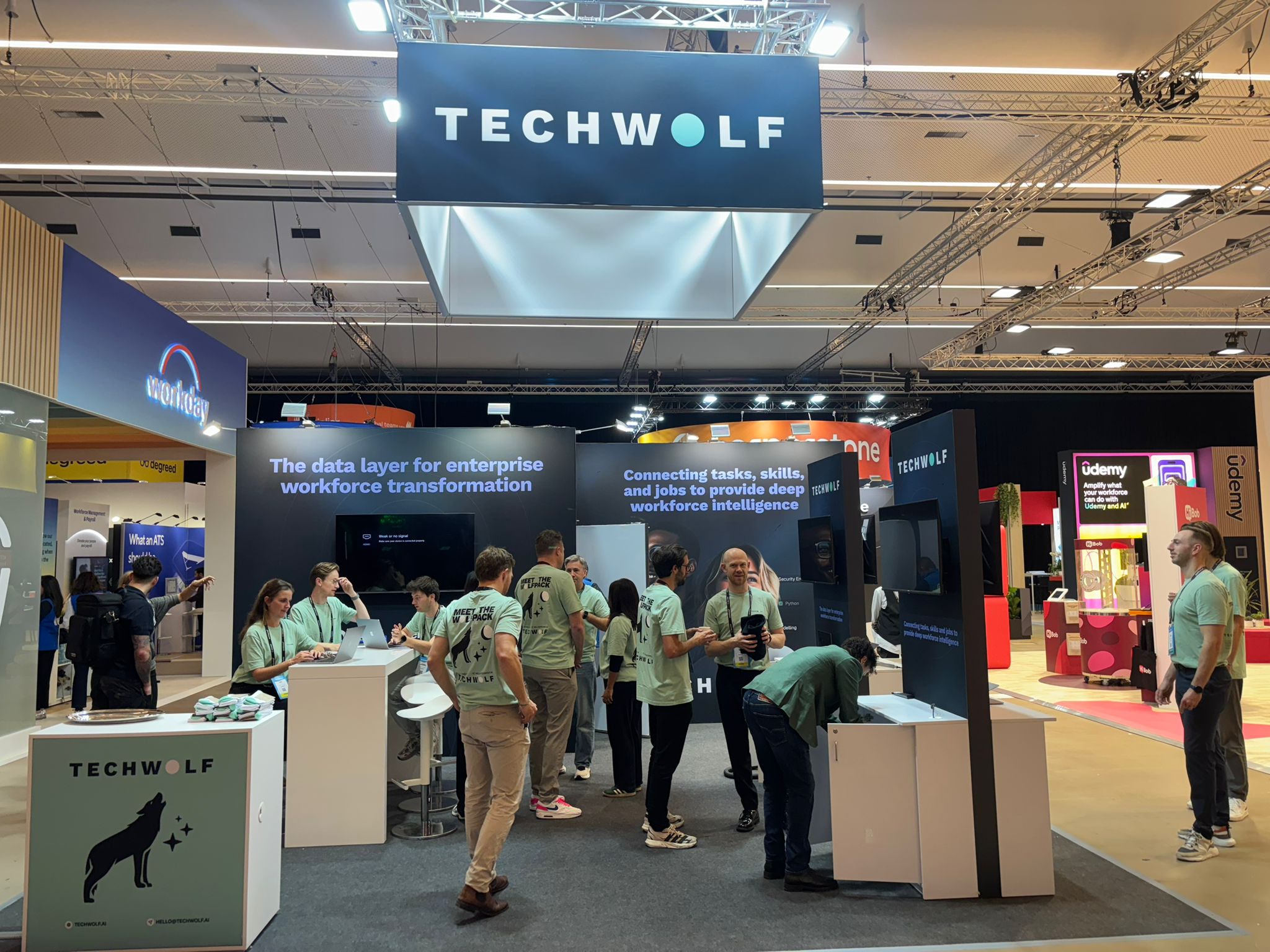
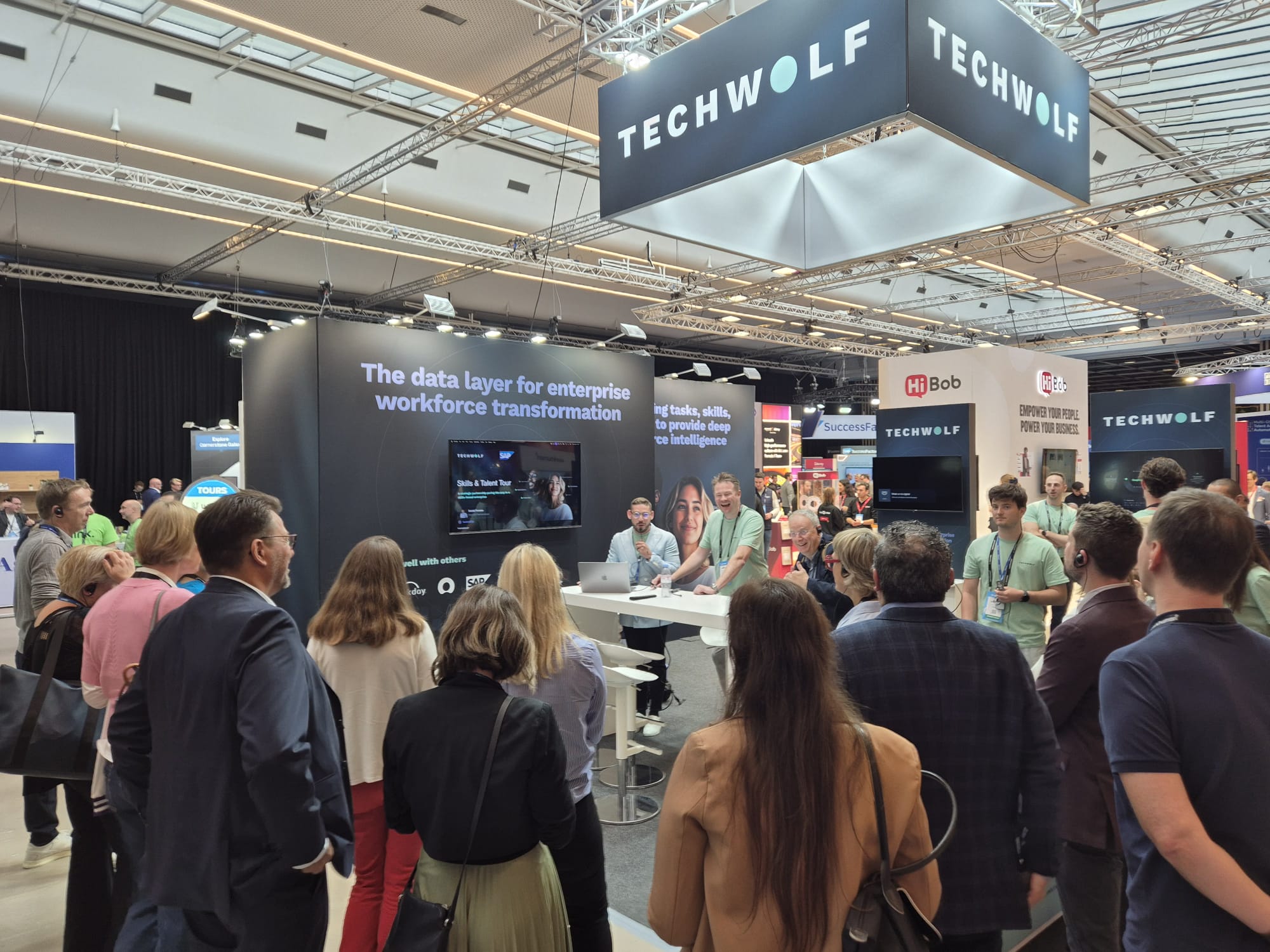
What we learned at UNLEASH Paris 2025





